Fresh from the 2018 Los Angeles Motor Show comes the Rivian R1T electric ute. The 300kW base model offers a range of around 370km, while the top of the range model boasts a rather silly 562kW and 650km range, with an electric motor at each wheel.
Promising 0-100km/h times of between 3.0 and 4.9 seconds, the top speed is set to be a touch over 200km/h. The new Rivian R1T has been released to compete with the Ford F-150, Chevrolet Silverado and the RAM Truck 1500.
The first question on our minds was, “but how does it perform as a 4X4?” The answer is, pretty awesome actually. It will happily ford water up to a metre in depth, tow up to 5000kg, and has a payload rating of 800kg. In off-road mode, the R1T has 360mm of ground clearance, a respectable approach angle of 34 degrees, departure of 30 degrees, and ramp-over of 26 degrees. The drive system, with an engine on each wheel, is better than anything lockers or traction control can offer. The dual cab will seat 5 adults quite comfortably, and has front ‘boot’ of 330L, tunnel behind the cabin of 350L and a 200L compartment below the tray.
But what about accessories, we hear you ask? It has an inbuilt air-compressor to pump up your tyres, and three 110-volt (it is US based at this stage) outlets to charge or power just about anything you could think of. There are also some rather interesting security measures too. Cables in the tray that assist in strapping loads down are linked to the utes security system, which can alert the owner if any are loosened, as well as 360 degree camera’s that keep over-watch when it’s parked up.
There are also a range of ‘self-drive’ features, such as LIDAR, 360° cameras, high-precision GPS units to allow for an ‘eyes-off, hands-off’ driving along the highway – obviously we’re just beginning to see self-drive technologies coming to the cutting edge, however the technologies are there to make use of it. Rivian have said that once these technologies are perfected, the Rivian R1T could drop you off at a hiking or biking trail, and pick you up at the other end, all by itself.
With the host of charging stations now being installed across Australia for Plug-in Hybrid Electric Vehicles, and the R1T slated for release in early 2020, we’d honestly be surprised if we don’t see these in Australia shortly after. Bear in mind, they are expected to fetch $69,000 USD, so you shouldn’t expect to see much change from $120,000 AUD should they make their way here… Time will tell.



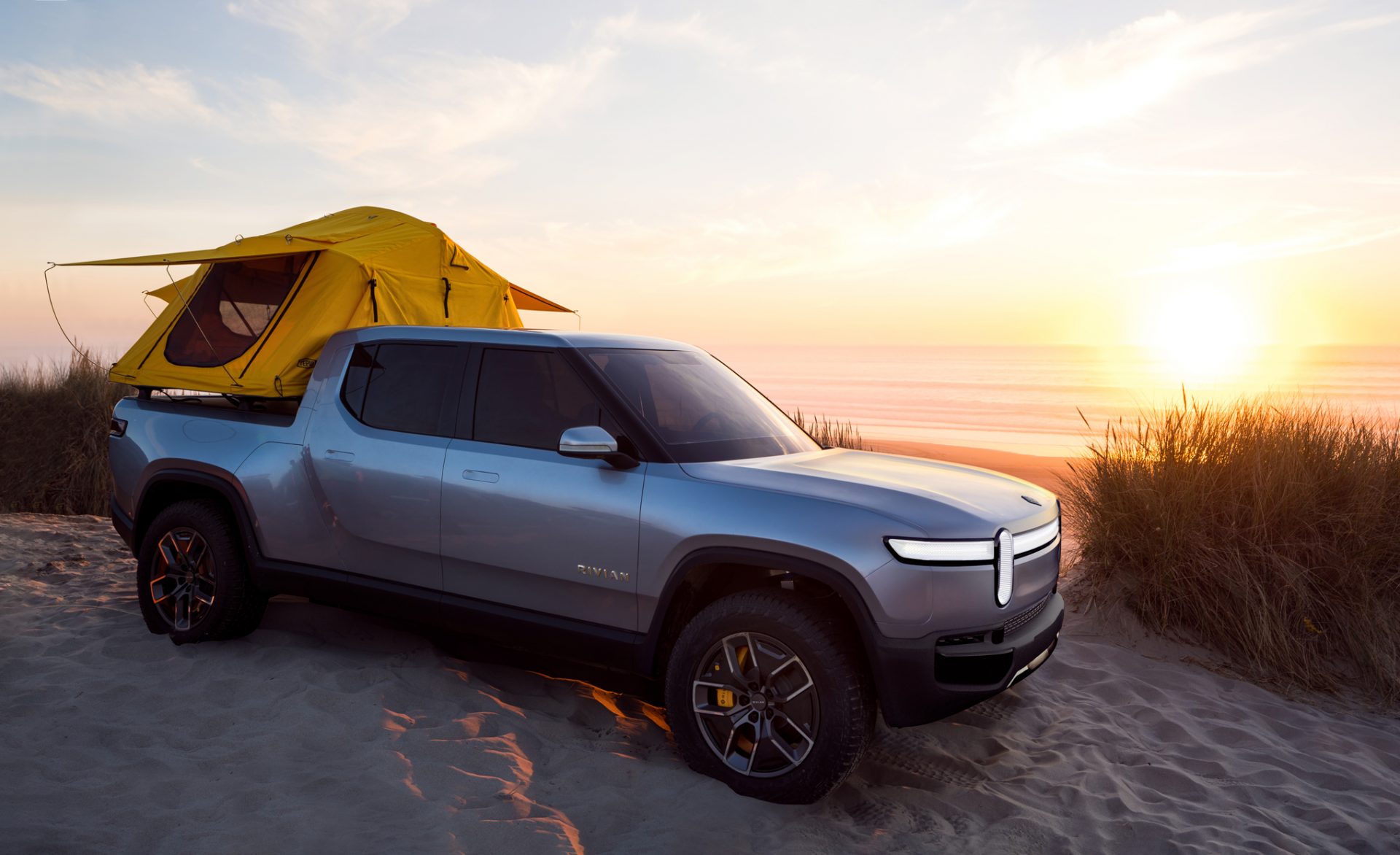
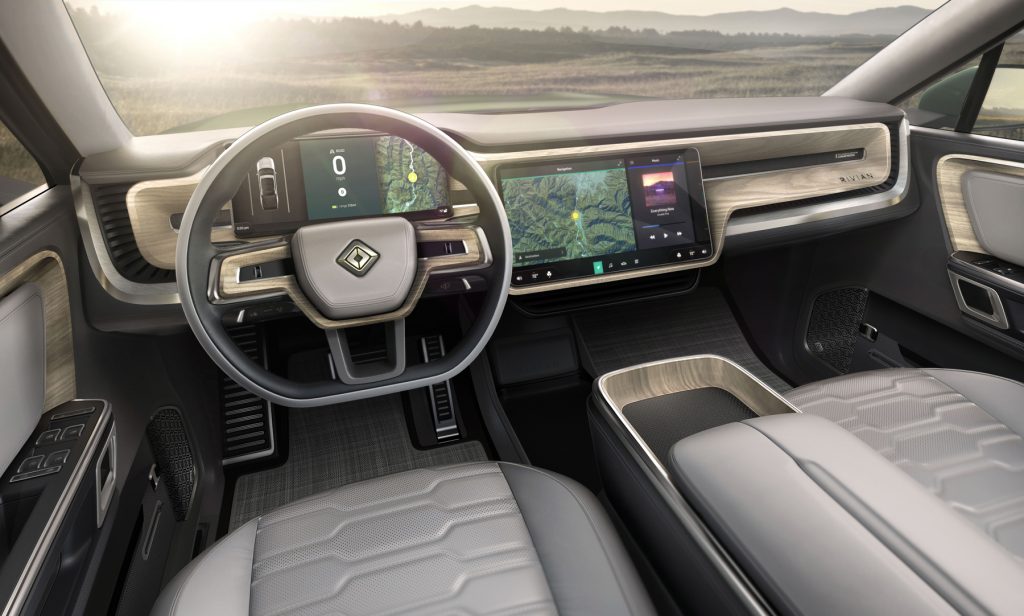
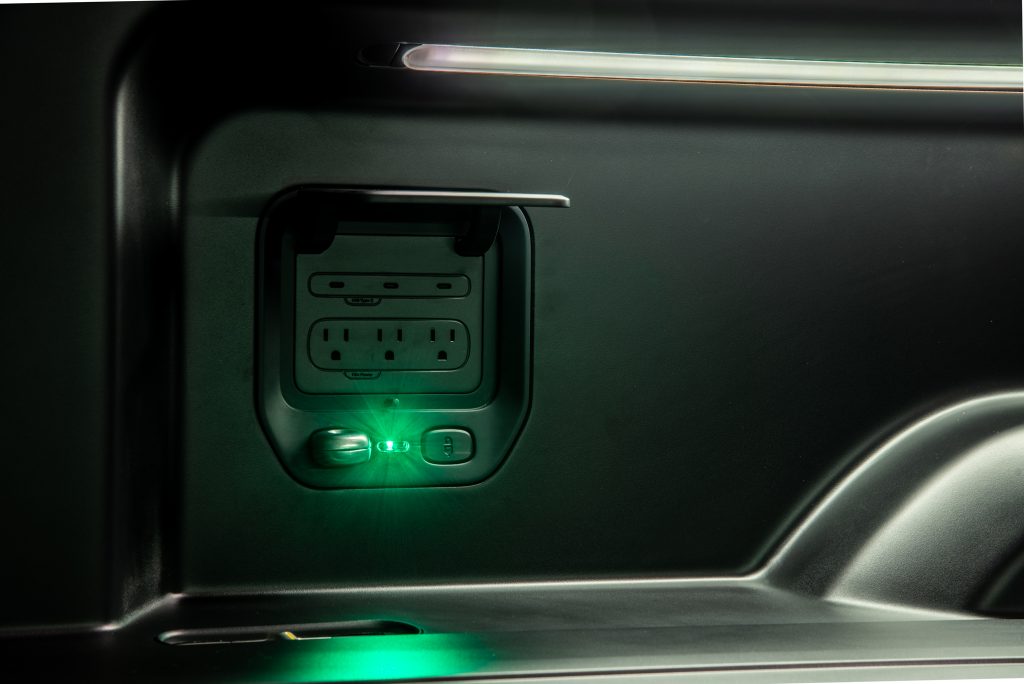
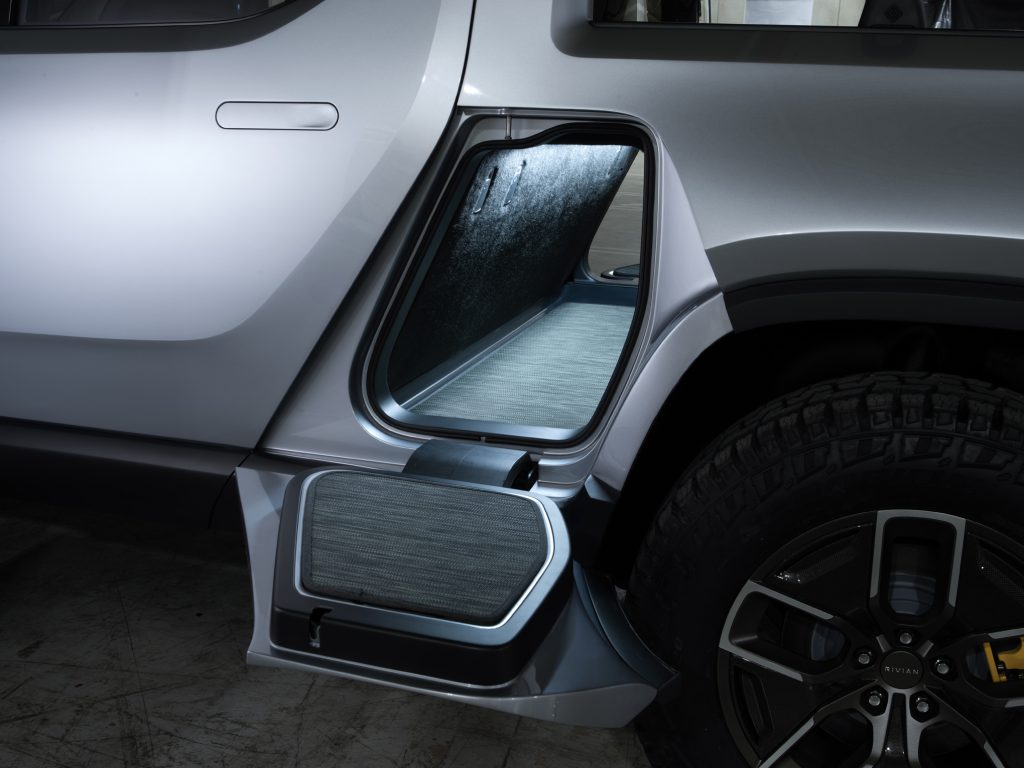

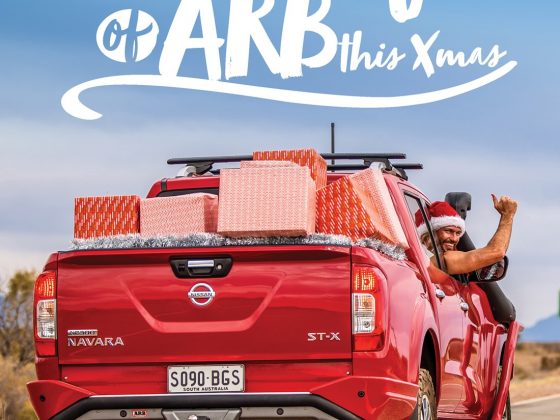
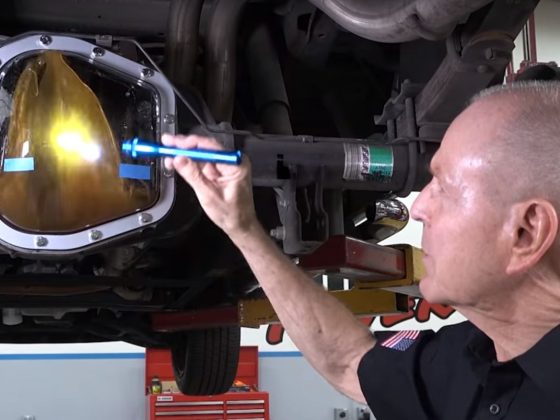
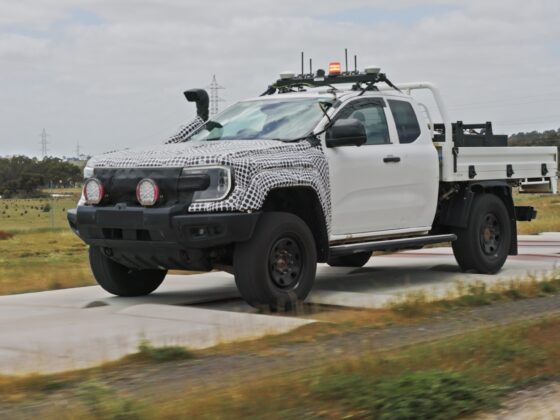
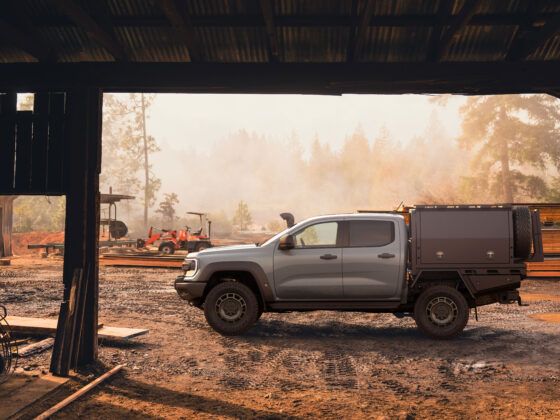
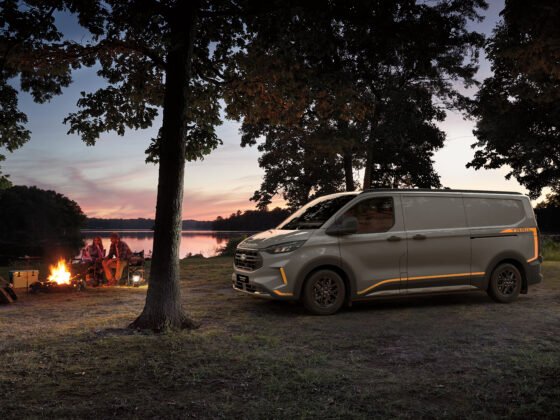
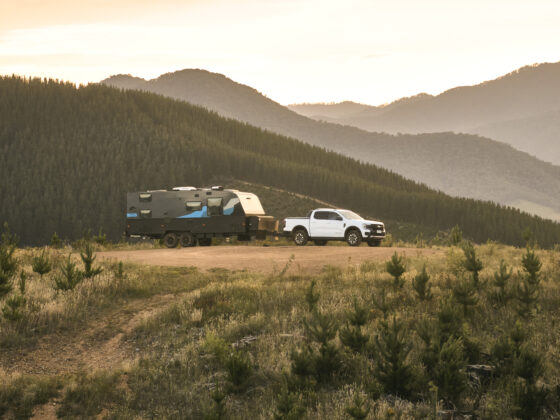
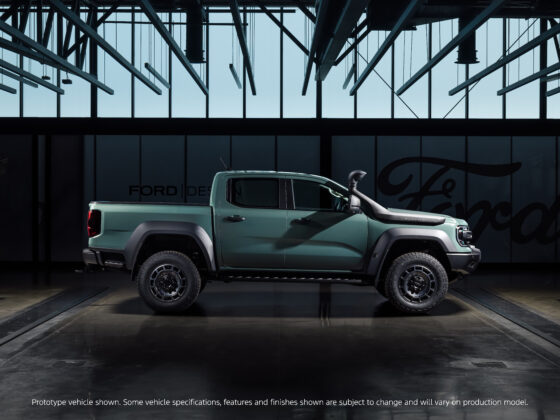
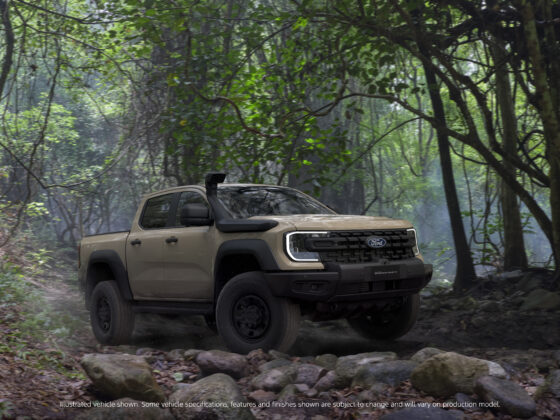
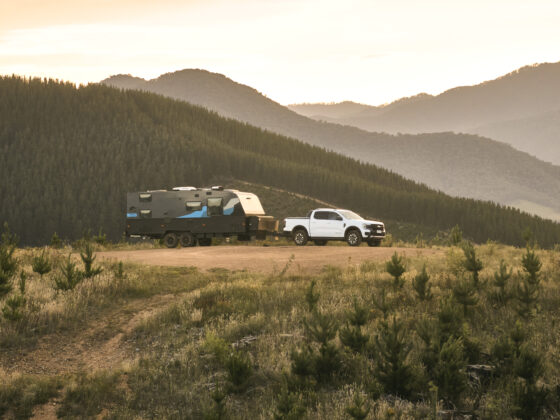
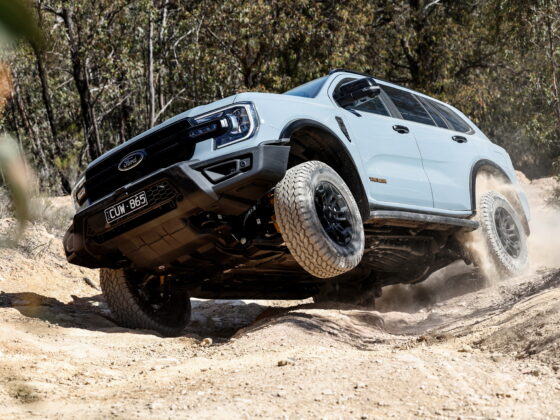
38 comments
I thought this was a pure electric vehicle, so why does it have engines?
I guess it’s the way forward, I would be interested to find out how you would recharge once you’re out in the bush for a few days, and how much the range would change towing a camper trailer, boat or caravan.
Gimmick……….absolute gimmick aimed at those gadget nerds who truly believe that recharging a car ( through electricity – hello ! ) will end all the worlds problems….. Great for city driving once a week to the local tree hugging convention however seriously, doing an outback trip on an electric car with only 370 km range – seriously ??? Have they not seen how big and wide this vast country of ours is ?
Thanks but NO THANKS !
NEXT !
By ‘engine’, read ‘motor’. It uses a motor on each wheel rather than one internal combustion motor/engine under the bonnet.
Add a ‘Mr Fusion’ generator from back to the future and we might have something ?
Instead of carrying extra Jerry cans, you’ll have a gennie, you might be sitting around awhile waiting for it to charge. Maybe also a long range battery.
Love it. I want one. I guess range anxiety will be an issue in the short term until we get fast chargers at all the servo’s across the country but think of all the positives. Awesome torque from the get-go, TICK. Hardly anything to service, TICK. No catalytic converters that block up. TICK. Low and central centre of gravity – TICK. Oh and cheap to run ! double TICK. That’s until our government find a new way to tax it. Oh and clean too, assuming we don’t make the power from a coal powered plant .
I had the fortune to test drive some of the Hyundai’s Electric Vehicles and hybrids yesterday (no i don’t work for them,) and the torque and shear simplicity of the things made me realise that these things have so much more benefits than just clean power.
My only concern would be what is the life of the batteries and how expensive they would be to replace.
Bring it on!
Bit of a joke I think, probably okay to go to the local shops, the beach or hills, what happens when you go into the real bush, most of the runs I do are reasonably remote and a few hundred K into the bush, what do you do when you run flat then? Go to the closest farm and ask to borrow an extension lead from their farm to your ute ? Fastest charger is 30 mins and that will only be on the major highways for years to come. I know from experience with chargeable batteries that under load they run out real quick, so towing and heavy driving will see their max 350 k range drop dramatically which will catch out many in the bush I am sure. Diesel for me for a long time yet.
Use your gen-set
You’ll need Jerry cans still… for the gennie.
I must have just read a different article…… Where did they say ‘Hey lets take these things to Australia, they’ll go awesome in the outback’???
If you don’t think electric cars will be charged by solar within the next 10 years and be the norm within 20 years, the gadget nerds and tree huggers have the jump on you mate. Better start filling your jerries up
Strap the generator into the tray and charge on the go. Instant hybrid LOL.
It must be time to put pressure on the Australian Government to relax the import duty on electric vehicles.
Everyone email them your interest from AU, that way they will come as right hand drive is happening in UK
general@rivian.com
650km range is avail mate haha..sounds like you are an oil company lobbyist
In China (where EVs are more popular that ICE), people are readily hacking their battery setup to extend range beyond 1000km. You’ll also be able to swap batteries, so you can carry additional ones.
If you run out of fuel in the middle of nowhere on your own, that’s it. No fuel.
If you run out of battery in the middle of nowhere, there’s various options that could get you moving in such an emergency.
Do you know what regenerative braking is?
This stuff is the norm NOW in China. People take their EVs across the country up the mountains into fucking Tibet.
It’ll take a lot longer for Australia to get there (due to the thinking of people like yourself), but it’s not that far away.
I work @ Ford on electric vehicles and compact pickups (utes).
Once people drive an EV they don’t go back. I’ve led global research with thousands of people around EVs, and overwhelmingly they all say exactly what you’ve said. In fact you summarised it better than anyone.
There are EV owners in China and the US that I spent time with who are at zero marginal cost (with solar charging and battery storage). Add participation in a ride sharing scheme and their electric vehicle generates them clear profit.
Maintenance is negligible.
Battery technology is evolving fast – there is already a large second hand market for EV’s in China and generally what happens is the batteries get re-conditioned/repacked and they’re as good as new. When shopping for an EV, understanding if/how the battery can be upgraded/replaced/extended should be an important consideration….
Wonderful vehicle.
Just one question, when are electric car makers going to “bite the bullet” and use standadised removable battery packs that can be quickly swapped over at servos so there is no need to break a journey for several hours to recharge?
If trucks could do this, you’d see the almost overnight demise of the diesel fleet.
For those interested, we featured an electric conversion in Unsealed recently:
http://unsealed4x4.com.au/u4x4/issue056/#55
Love to see the use of flexible solar PV panels o cover the tray. SO the motors are constantly being charged
If they can put a range extending engine in an i3, they could do the same to relax “range anxiety”….but certainly keen to try one…
Solar blankets with adapters to charge would be good aftermarket, market
Replace the sunroof with solar panels …and possibly a rear canopy with another solar panel…wow . Now we’re talking !
What’s the range while gowing 5000kg? I’m guessing less than 100km.
You seem smarter than all previous comments…so thankyou
These would work for a lot of people in Perth. Good for work during the week, a bit of exploring on the weekend and the trip down South a few times per year. The only issue is that our coal driven power industry in WA makes running these about as environmentally friendly as an F250. Literally.
Tesla tried this. Charge times are so fast hardly anyone used them.
Solar Panels?
Carry a small generator if you’re that worried…same size as a jerry can. By the time 2030 comes around batteries/chargers will be worlds ahead anyway.
The charging stations the current government has alreadý committed to, Perth included will be 100% renewably powered.
“The ultra-rapid charge will provide a range of up to 400 kilometres in just fifteen minutes, compared to a current charging time of several hours.”
http://www.environment.gov.au/minister/taylor/media-releases/mr20181022.html
Because every ute does regular outback trips?
Face it, the vast majority cruise around the suburbs and on the highways with the odd weekend on the beack or in the hills.
Proposals are not to completely replace all utes – it is to replace a percentage of the market, and once prices come down with economies of scale and technical innovation, probably half of the fleet of utes in Oz could be replaced by EV.
You can still keep yours, and I will keep mine as I, in fact live rural and do lots of outback driving – but I can see the advantages for others rather than just trying to shout at the clouds.
Have you ever lifted a decent size battery. Charging would be rare on the road for the average user.
That’s your hobby and it’s great for you but the vast majority of people use their car 99% of the time to drive around a few suburbs or to work and back.
I drive more than 600km in a day probably once every 5 years. I reckon that’s more typical than your usage. There remain a huge selection of petrol and diesel driven cars and utes to enjoy in the meantime.
Mant EV’s quick charge in around 20mis.. sounds like a lunch break to me!
You would use a trolley slide with quick connects and auto locks on start up not a hard engineering issue.
Well, this is a step in the right direction.
I’d almost drop everything to buy a completely electric vehicle; but. not until the range and charging times get far better.
For the real 4×4 drivers that love touring this great land, or going off road, (not the suburban SUV’s), when you start adding light bars, driving lights, winch, CB radio…, not to mention a camper…, the range of the vehicle will substantially decrease to the point that charging would be a real holiday/getaway deal breaker.
We know the technology is there.
We just need more urgent development of better batteries and charging methods for increased range.
Sign me up for one I’ll test it
Great truck. Hope kitchen is available when it hits us in Australia. Will be a great sales pitch